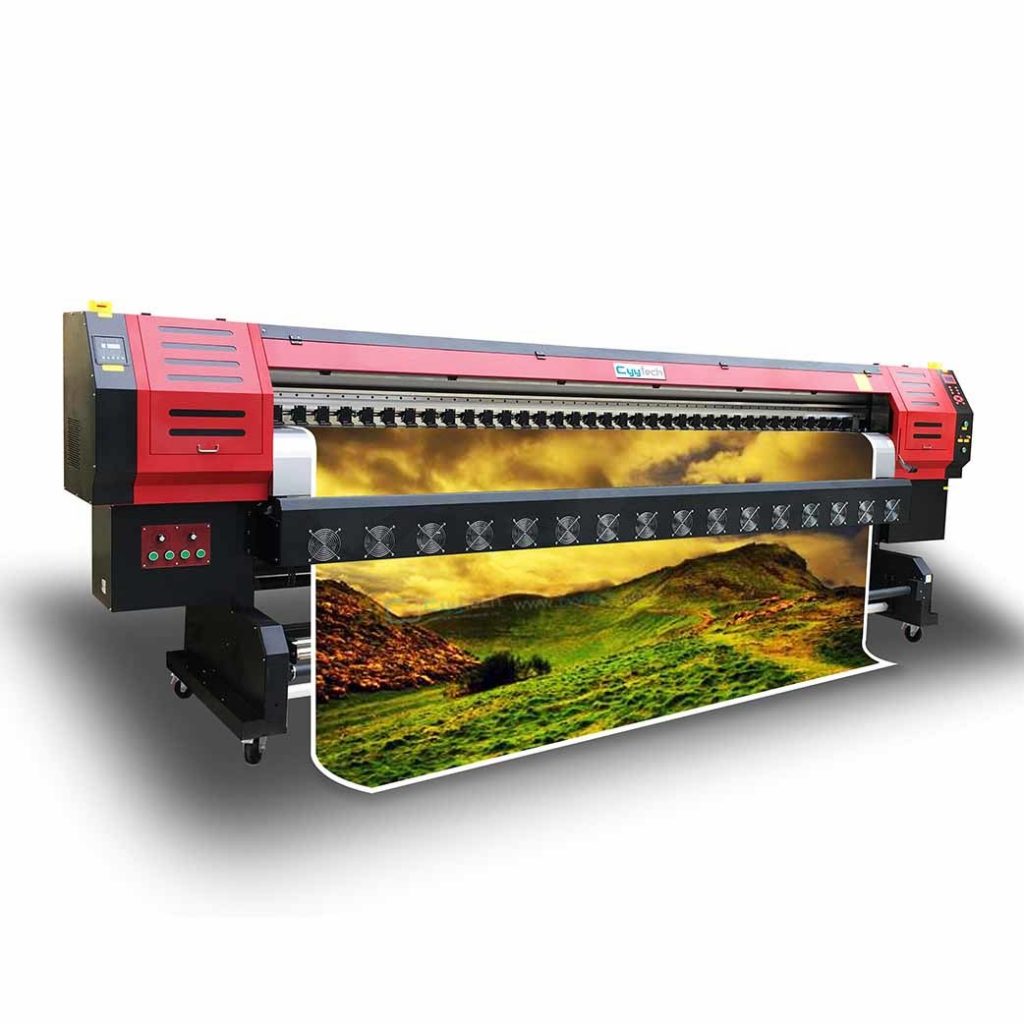In flex printing the matter to be printed is neither raised above the surface of the printing plate nor sunk below it. Instead, it is flush with the surface of the plate; thus offset is classified as a planographic method of printing.
Flex Printing is a typical printing procedure where the inked picture is moved (or “offset”) from a plate to an elastic cover and afterward to the printing surface. At the point when utilized in blend with the lithographic interaction, which depends on the shock of oil and water, the offset method utilizes a level (phonographic) picture transporter. Ink rollers move ink to the picture spaces of the picture transporter, while a water roller applies a water-based film to the non-picture regions.
The cutting edge “web” measure takes care of an enormous reel of paper through a huge press machine in a few sections, normally for a few meters, which then, at that point prints constantly as the paper is taken care of through.
One of the significant capacities in the printing cycle is prepress creation. This stage ensures that all documents are accurately handled in anticipation of printing. This incorporates changing over to the legitimate CMYK shading model, concluding the documents, and making plates for each shade of the task to be run on the press.
Offset lithography is perhaps the most widely recognized methods of making printed materials. A couple of its normal applications include: papers, magazines, handouts, writing material, and books. Contrasted with other printing techniques, offset printing is most appropriate for financially delivering huge volumes of top notch prints in a way that requires little support. Numerous cutting edge offset squeezes use computer to-plate frameworks instead of the more established PC to-film work processes, which further expands their quality.
There are two sorts of offset printing: wet offset and waterless offset. Wet offset lithography utilizes a blend of wetting liquids (hosing answers for) oversee ink grip and to ensure non-picture regions. Waterless offset lithography utilizes an alternate technique where a plate’s non-picture regions are secured by means of a layer of ink-repellent silicon. Waterless offset lithography is generally new.

